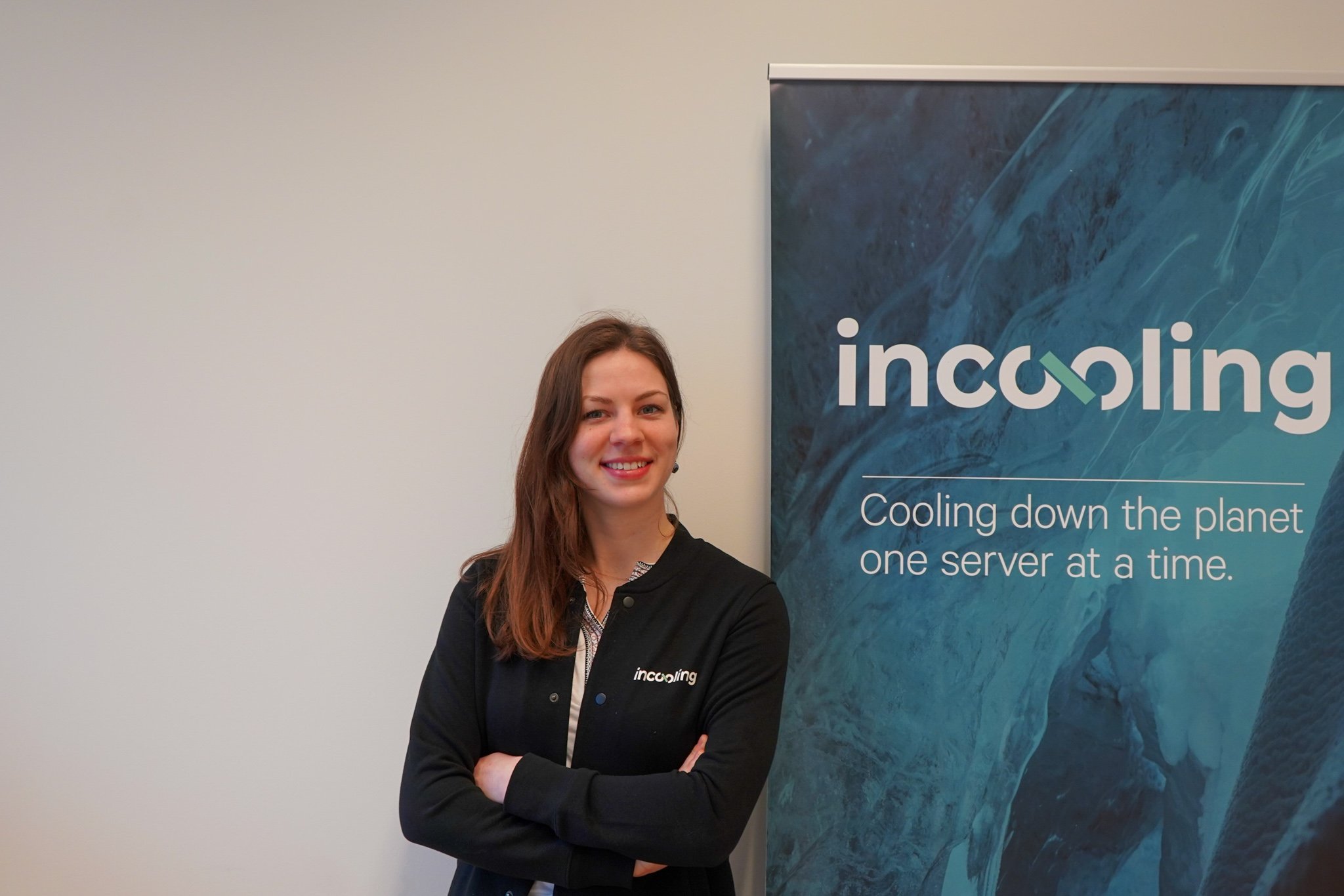
Scientists have developed an innovative thermal lens with an extended focal length, paving the way for remote heating and cooling applications. Research on this was published in Advanced Materials. This groundbreaking method holds the potential to broaden the scope of thermal conductivity and lead to the discovery of new thermal effects. Researchers from Taiyuan University of Technology in China have conducted numerical simulations to verify the generality of this method, which can achieve negative thermal conductive materials with arbitrary shapes by utilising the designed ATMS (Active Thermal Metasurface). This study also extends the theory to 3D cases, further validating the equivalence between negative thermal conductivity and the designed ATMSs.
Active thermal metasurfaces: A key component
Active Thermal Metasurfaces (ATMS) play a crucial role in this novel approach. These carefully distributed metasurfaces are used to equivalently realise materials with negative thermal conductivity. By implementing the proposed ATMS, researchers have successfully designed a long-focus thermal lens using transformation thermodynamics. Experimentally verified, the long-focus thermal lens achieves a measured focal length of 19.8 mm for remote heating and cooling applications.
The performance of this long-focus thermal lens has been validated through numerical simulations, demonstrating that negative thermal conductive materials with arbitrary shapes can be equivalently achieved using the designed ATMS. Moreover, the equivalence between negative thermal conductivity and the designed ATMSs has been confirmed for 3D cases, expanding the potential applications of this technology.
Potential applications: Industry and beyond
There are numerous potential applications for this technology across various industries. In electronics, it could help keep sensitive objects cool, improving overall performance and reliability. In industry this could facility numerous chemical processes where temperature control plays a role. Moreover, this technology could also be applied to medical fields, where precise temperature control is crucial for specific treatments or diagnostic procedures.

This innovative method expands the scope of thermal conductivity and provides new pathways to realise unprecedented thermal effects with effective negative thermal conductivity. Examples of such effects include “thermal surface plasmon polaritons”, thermal superlens, thermal tunneling effect, and thermal invisible gateway. As research continues, it is expected that further developments and potential applications will emerge, pushing the boundaries of what is possible in the realm of thermal management.

